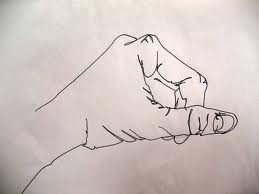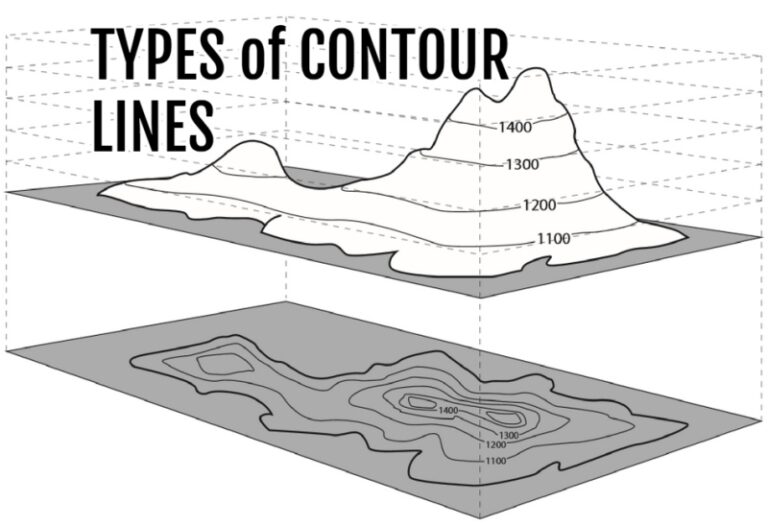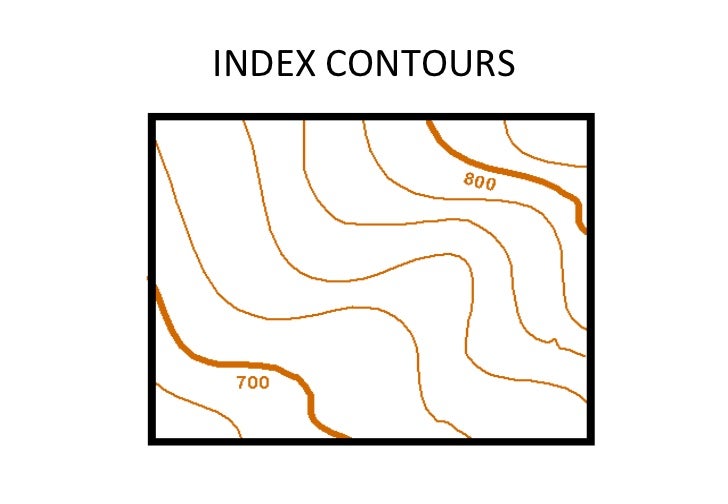

Then, students will write next to each adjective what type of line and color would reflect this activity best. They will list adjectives that describe both the activity and feelings they have while doing or viewing this activity. Students will select an activity they enjoy watching or participating in that involves movement such as playing a sport, dancing, climbing a tree, biking, jumping rope, etc. Slideshow: Exploring Lines in Works of Art View the slideshow below and have students answer the questions beneath each image:
#DEFINITION OF CONTOUR LINES IN ART PROFESSIONAL#
Here, Stella used winding, curving strips of metal painted in bright, dynamic colors to forcefully carry the motion and excitement of professional racing.

This metal relief painting, Jarama II, is named after an automobile racetrack outside Madrid, Spain. But they are there, shown in the way the artist arranges the objects in the painting.Īrtist Frank Stella is a racing fan. Some lines in paintings are invisible-you don't actually see the dark mark of the line.

Lines are basic tools for artists-though some artists show their lines more than others. There are many types of lines: thick, thin, horizontal, vertical, zigzag, diagonal, curly, curved, spiral, etc. Line is a mark made using a drawing tool or brush. If this painting could move, would it move quickly or slowly? Is there something about the lines that make you think so?
Variety of art media for students to choose from (suggestions: markers, watercolors, colored pencils, colored paper for collage, oil pastel, tempera paint, yarn, etc.). Smart Board or computer with ability to project images from slideshow. For an extra challenge and a great drawing exercise, you can try blind or partially blind contour drawing by tracing an object’s contour without looking at your paper. Contour lines in art show only the outermost silhouette and the important inner shapes of any given form or object. Usually during these exercises, an artist will work very slowly and will not lift the pen from the paper.This image is an example of a blind contour drawing of a face: A blind contour drawing of a faceĬontour line drawing is a great place for an aspiring artist to begin. When creating a partially blind contour drawing, an artist might sneak glances at his or her paper but will look mostly at the object being drawn. When creating a blind contour drawing, an artist will only look at the object he is drawing and never at the pen and paper. Let’s look at some visual examples of contour lines.Example 1: On the left is a photo of a leaf, and on the right is an outline or a contour line: Left: Photo of a leaf Right: Outline or contour lineĮxample 2: Here is a contour drawing of a shoe in which the artist observed some of the important interchanges of plane: A contour drawing of a shoeĮxample 3: This is a famous contour line drawing by Pablo Picasso of composer Igor Stravinsky, 1920: A contour line drawing by Pablo Picasso of composer Igor Stravinsky, 1920īlind and partially blind contour drawing in art are variations on contour drawing. During the contour line drawing process, you do not need to worry about any kind of shading at all. This is because an artist drawing with contour lines will only draw the lines following the visible edges of a shape and those along the important interior shapes. If you’re interested in strengthening your drawing skills, contour line drawing is a great starting point for beginning drawers. The term ‘contour’ finds its origins in French and is derived from the Italian term ‘contourno,’ ‘to round off.’ This, in turn, is from ‘contournare,’ meaning ‘to turn around’ in Medieval Latin and is traced to Latin as ‘com-‘ + ‘tournare,’ meaning ‘to turn on a lathe.’ Drawing * All Partners were chosen among 50+ writing services by our Customer Satisfaction Team







 0 kommentar(er)
0 kommentar(er)
